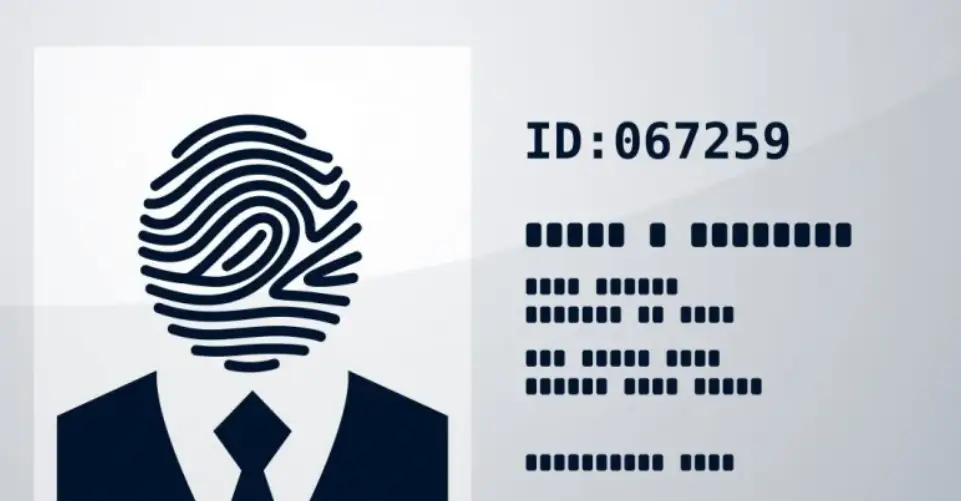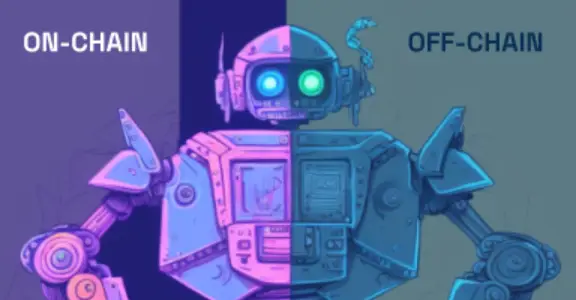Welcome to the world of Web3, where cryptocurrencies, blockchain, and a unique culture converge. Entering the world of Web3 can be both thrilling and overwhelming, especially when faced with the seemingly cryptic language used by enthusiasts. Don't worry if you feel they sound like some secret codes, we are here to unravel their meaning. In this article, we are going to introduce [On-Chain Attestation].
What is On-Chain Attestation?
Attestations are digital verifications crucial for confirming the authenticity, ownership, or validity of information, particularly important in an era increasingly dominated by AI-generated synthetic content, such as deepfakes, which threaten public trust and personal reputation. On-chain attestation involves storing these attestations directly on the Ethereum blockchain, ensuring they are immutable and benefit from the blockchain's security and decentralization. This method is ideal for scenarios requiring attestations to be consistently accessible, especially for smart contract interactions, thereby providing guaranteed availability and authenticity due to the blockchain's inherent properties.
How does On-Chain Attestation Work?
In on-chain attestation, data such as digital signatures or hash references to external data are recorded on the blockchain. This makes the attestation publicly accessible and permanently stored, which is crucial for applications that require verifiable and unalterable records. Smart contracts can directly interact with these attestations, enabling automated processes that rely on trusted data.
The Backstory of Attestation and On-Chain Attestation
The concept of attestation is deeply rooted in history, traditionally involving the verification of facts or claims, often requiring a witness to validate documents or statements—a process akin to "witnessing" or providing "testimony." This traditional approach has seen a revolutionary shift with the advent of blockchain technology, transitioning into what we now refer to as on-chain attestation.
In blockchain environments like Ethereum's Proof of Stake (PoS) consensus, attestation takes on a slightly different form. Here, validators play a role similar to that of traditional witnesses, confirming transactions and block states, albeit in a decentralized and digital context. This form of attestation is not just about acknowledging the accuracy of a transaction but also ensuring the integrity and finality of blockchain states, often influenced by validators' actions and potential penalties for misconduct, like slashing for unethical behavior. Transitioning from traditional to blockchain-based attestation has unlocked immense possibilities. Projects such as the Ethereum Attestation Service (EAS), Smart Layer, EthSign, Verax, and PADO Labs are at the forefront of evolving how attestations are used and managed. For instance: ●EAS simplifies the creation and management of on-chain and off-chain attestations, allowing users to verify facts and establish trust across various interactions seamlessly. It uses smart contracts for managing the lifecycle of attestations, ensuring that they are both verifiable and revocable.
●Smart Layer enhances token interactions with programmable blockchain networks and has even integrated ticket proofs for major Ethereum events, demonstrating practical applications of blockchain attestations in everyday scenarios.
●EthSign offers a blockchain-based platform for signing and storing documents, emphasizing the security and permanence of digital agreements.
●Verax facilitates the management of on-chain proofs, aiding developers in creating interoperable and scalable applications that rely on verified attestations.
●PADO focuses on privacy protection, enabling users to prove off-chain data securely without compromising sensitive information, utilizing advanced cryptographic technologies like Zero-Knowledge Proofs.
The evolution into on-chain attestation aligns with blockchain's capabilities to enhance transparency, security, and trust in digital interactions, marking a significant shift from traditional verification methods that often involve third-party intermediaries.
On-Chain Attestation versus Off-Chain Attestation
On-chain and off-chain attestations offer tailored benefits depending on the application's needs and priorities. On-chain Attestations are directly recorded on blockchains such as Ethereum, providing immutability and public accessibility. This is ideal for applications where transparency and security are crucial, such as in validating smart contract interactions or proving asset ownership. The downside is the associated gas fees, which can be costly during high network activity.
Off-chain Attestations, stored outside the blockchain in places like databases or decentralized platforms like IPFS (Inter Planetary File System), are linked to the blockchain through cryptographic proofs. This method reduces costs and enhances privacy by avoiding public blockchain storage, making it suitable for sensitive data that requires confidentiality.
Both methods ensure data authenticity with digital signatures. The choice between on-chain and off-chain often depends on the balance between the need for transparency and the need for privacy and cost efficiency. For example, on-chain is preferable for constant, transparent verification needs, while off-chain is better for private, cost-sensitive scenarios.
Choosing between on-chain and off-chain attestations really hinges on what your specific project requires. If your priority is ensuring that data remains unalterable and can be publicly verified, on-chain attestation is the way to go—its inherent transparency and security make it indispensable for such scenarios. On the other hand, if your focus is on privacy and minimizing costs, off-chain attestation might suit you better, offering more flexibility and control over data visibility.
To make the best choice, consider the specific needs of your use case. Are you looking for robust security and public accessibility, or do you need to keep certain information private while reducing expenses? By understanding these key differences, you can more effectively decide which attestation method aligns with your project’s goals. Want to explore more about how either method could benefit your project specifically? Check out HackQuest’s EAS Learning Track for more details and insights. 

